The 100-year history of New York’s settlement house collective
The full history ahead
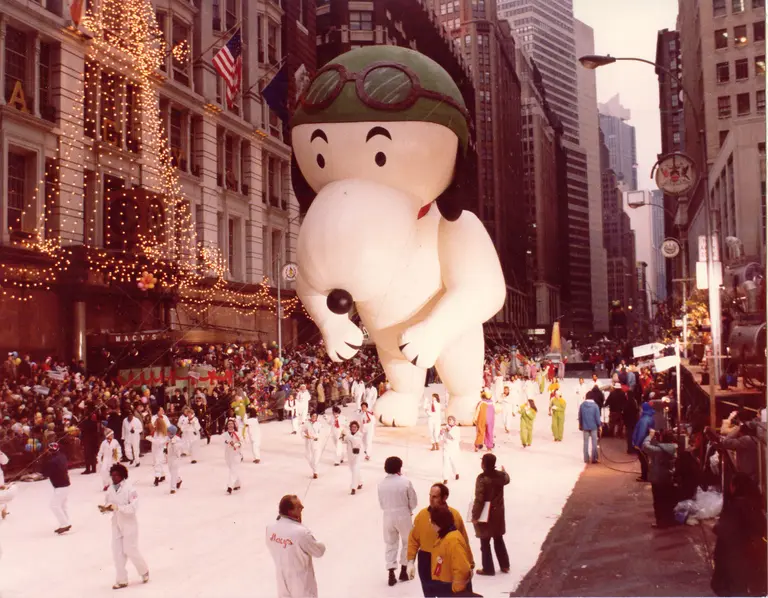
Photo courtesy of Macy’s, Inc.
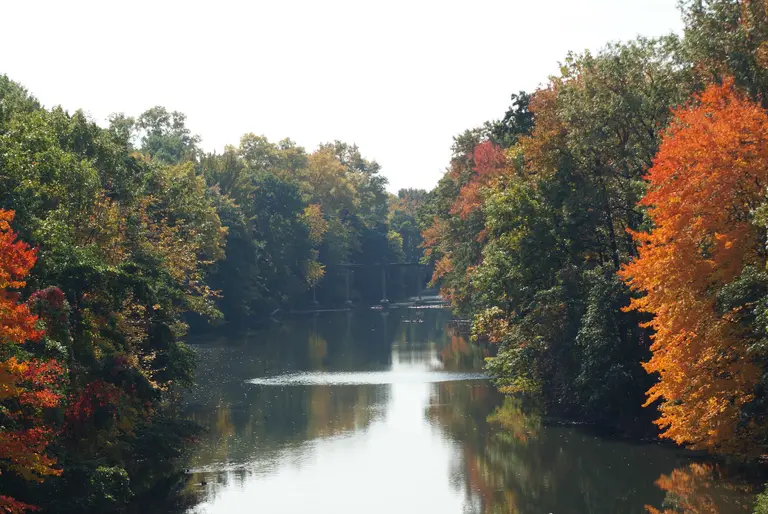
Photo by Elena Gaillard on Wikimedia
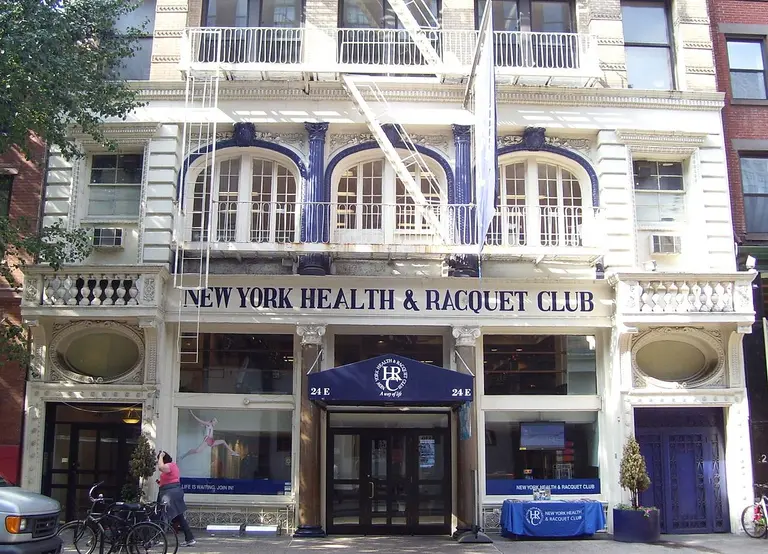
Photo by Beyond My Ken / Wiki Commons
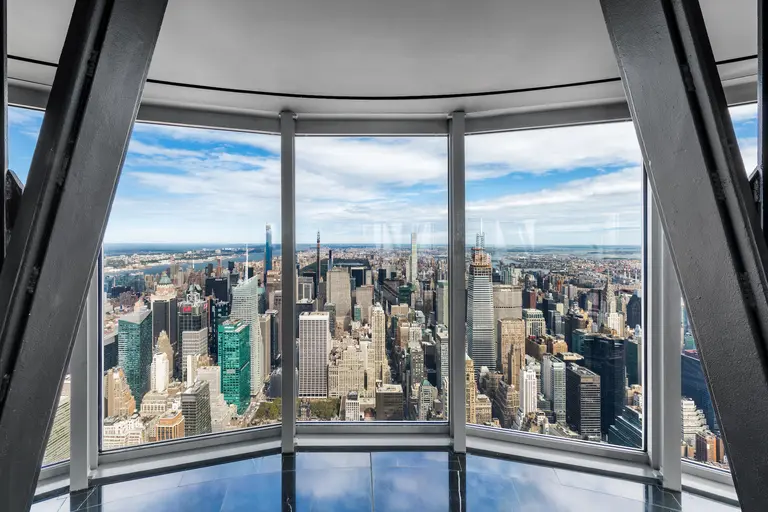
View looking north, with Central Park and the towers that dot Billionaires’ Row clearly visible; Photo courtesy of Empire State Realty Trust
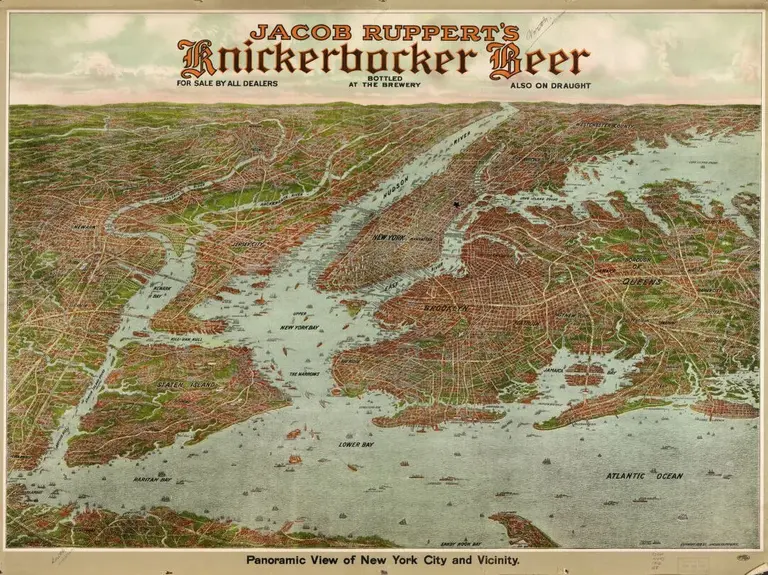
Jacob Ruppert’s Knickerbocker Beer, 1912, via Library of Congress, Geography and Map Division
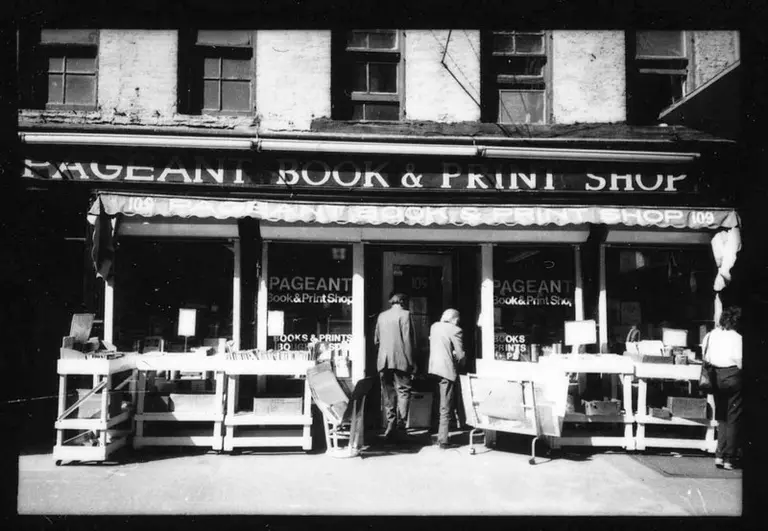
“Pageant Book Store, 109 East 9th Street., north side between 3rd & 4th Avenues; Hannah and Her Sisters Bookstore scenes shot here,” Village Preservation (GVSHP) Image Archive, accessed September 9, 2019
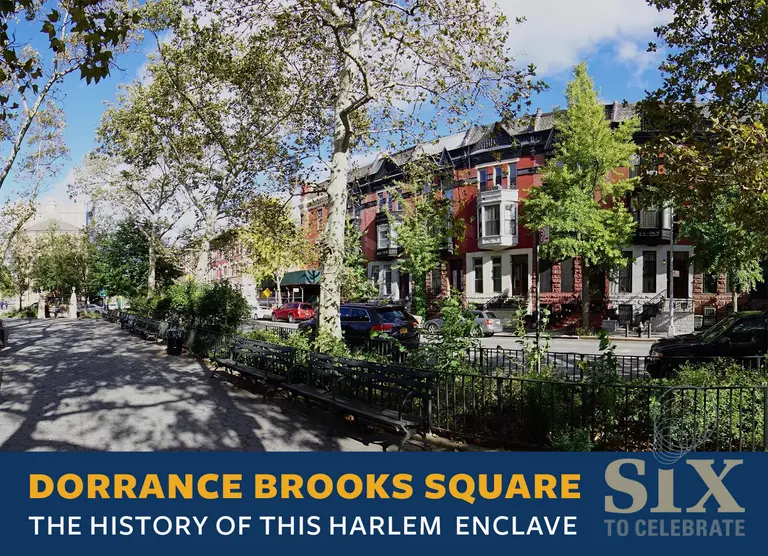
Photo courtesy of the Dorrance Brooks Property Owners and Residents Association

Photo via Wiki Commons
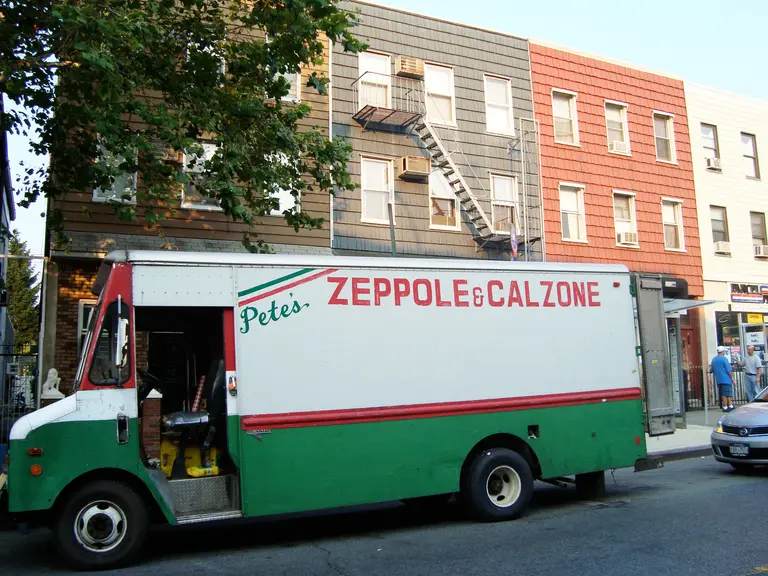
Photo via Flickr cc
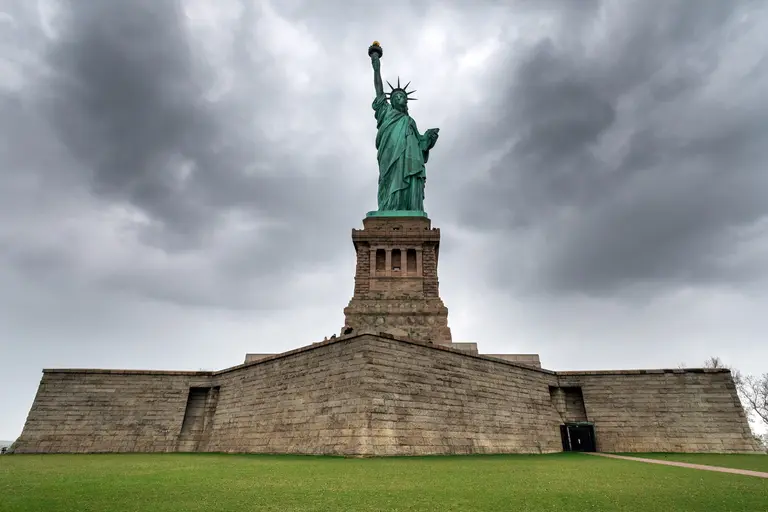
Photo © James and Karla Murray for 6sqft